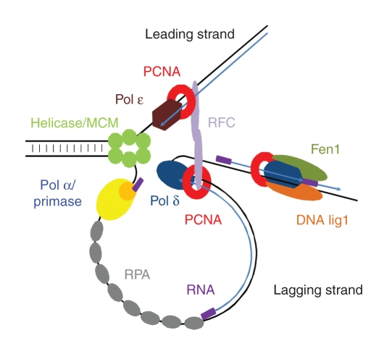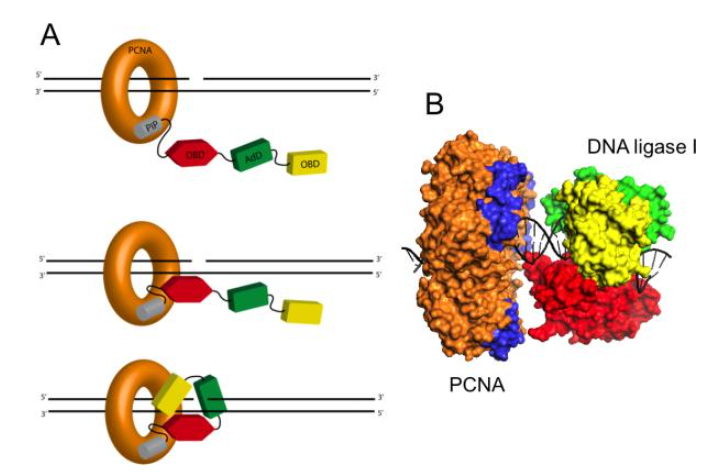Log into the HPC cluster’s On Demand Interface
- Open a Chrome browser and go to On Demand
- Log in with your Tufts Credentials
- On the top menu bar choose
Clusters->Tufts HPC Shell Access
- You’ll see a welcome message and a bash prompt, for example for user
tutln01:
[tutln01@login001 ~]$
- This indicates you are logged in to the login node of the cluster. Please do not run any program from the login node.
Starting an Interactive Session
- To run our analyses we will need to move from the login node to a compute node. We can do this by entering:
srun --pty -t 3:00:00 --mem 16G -N 1 --cpus 4 bash
Where:
command |
description |
|---|---|
srun |
SLURM command to run a parallel job |
--pty |
get a pseudo terminal |
-t |
time we need here we request 3 hours |
--mem |
memory we need here we request 16 Gigabytes |
-N |
number of nodes needed here we requested 1 node |
--cpus |
number of CPUs needed here we requested 4 |
- When you get a compute node you’ll note that your prompt will no longer say login and instead say the name of the node:
[tutln01@c1cmp048 ~]$
Set Up For Analysis
- To get our AlphaFold data we will enter:
cp -r /cluster/tufts/bio/tools/tool_examples/af2Workshop ./
- You will note that we are copying an existing directory with AlphaFold output rather than generating it. This is because depending on the protein and compute resource availability, running AlphaFold can take a few hours to over a day. At the end of this workshop will be instructions for creating a batch script to run AlphaFold.
- Today we will examine how well AlphaFold predicted the structures of Proliferating Cell Nuclear Antigen and DNA ligase 1.
Proliferating Cell Nuclear Antigen (PCNA)
PCNA is a very well conserved protein across eukaryotes and even Archea. It acts as a processivity factor of DNA Polymerase delta, necessary for DNA replication:
Aside from DNA replication PCNA is involved in:
-
chromatin remodelling
-
DNA repair
-
sister-chromatid cohesion
-
cell cycle control
It should also be noted that PCNA is a multimeric protein consisting of three monomers.
DNA ligase 1 (LIG1)
As evidenced by the picture above, DNA Ligase 1 is also involved in DNA replication but also DNA repair. As a part of the DNA replication machinery, DNA Ligase 1 joins Okazaki fragments during lagging strand DNA sythesis. This ligase also interacts with PCNA:
Here we note that DNA ligase is a monomer consisting of the following domains:
- PCNA interacting motif
- Oligemer Binding Fold Domain
- Adenylation Domain
- DNA Binding Domain
The contact between the PCNA interacting motif and PCNA induce a conformational change to create the DNA ligase catalytic region.
Question 1: Which protein do you expect will have an overall more accurate prediction by AlphaFold 2? Why?
Given that conservation aids AlphaFold's prediction accuracy, PCNA seems to have the better chance of having a more accurate structure prediction. Additionally, LIG1 contains disordered regions, like the PCNA domain which may impact structure prediction.
Next: AlphaFold Output
Previous: Introduction To AlphaFold


